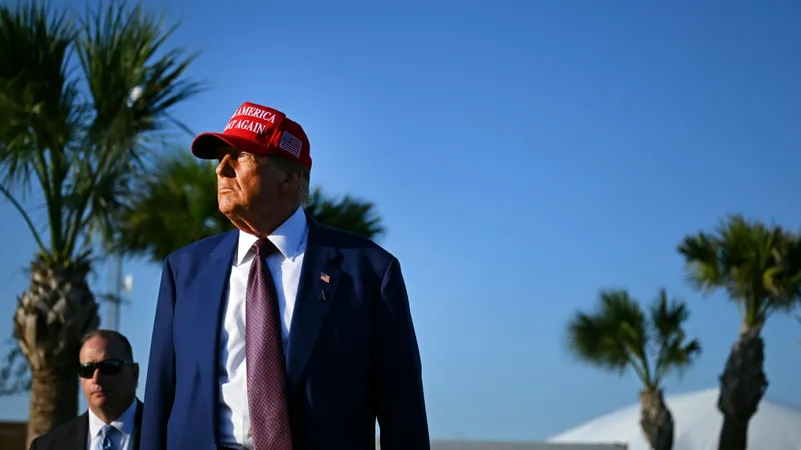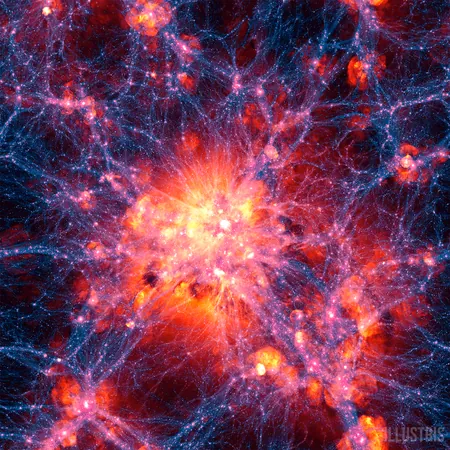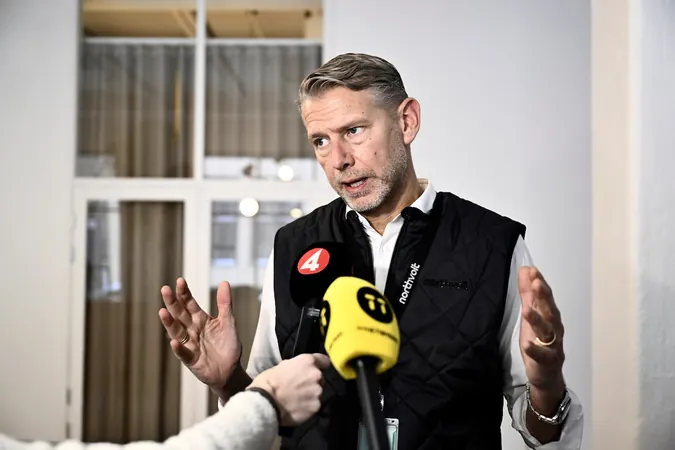
Trump's Controversial Project 2025: The Return of Key Players in His Second Administration
2024-11-23
Author: Liam
Trump's Controversial Project 2025: The Return of Key Players in His Second Administration
Following Donald Trump's recent emergence as the 47th president of the United States, he is assembling a team that many believe is directly linked to a contentious plan known as Project 2025. Initially hailed as a guiding framework for his political agenda, Trump later disowned the project, referring to its proposals as “ridiculous” during the heat of the 2024 election campaign. However, with the casting of new appointments, Trump appears to be embracing the very strategies he once distanced himself from.
Trump has chosen prominent figures from Project 2025, such as Russell Vought, Tom Homan, and Stephen Miller, to fill critical roles. Vought will return to serve as the director of the Office of Management and Budget (OMB), a position that shapes the executive budget and oversees the implementation of policies across various federal agencies. He was previously in this role during Trump’s first term and possesses a blueprint for wielding increased presidential authority within the OMB to potentially override bureaucratic inertia. This would align with Trump’s broader aim of enacting a tough agenda on governance, a theme central to both Project 2025 and Trump’s campaign rhetoric.
The inclusion of Homan, who was pivotal in implementing restrictive immigration policies during Trump's first term, and Miller, a long-serving advisor known for his hardline stance on immigration, signifies an intention to revert to similarly stringent immigration measures. Project 2025 envisages a comprehensive reduction in both legal and illegal immigration, echoing the sentiments voiced by Miller, who has made headlines for asserting that “America is for Americans and Americans only.”
These strategic appointments have ignited backlash from Democrats and critics. They argue that the infusion of far-right ideologues in key government positions threatens to erode civil service protections and result in sweeping rollbacks in social safety nets. Prominent Democratic voices have warned that this move is emblematic of a broader Republican agenda aimed at centralizing power and dismantling public services — a sentiment underscored by their description of Trump's vision as one that would bring “pain” to the American populace.
Additionally, Trump's proposals involve potential partnerships with figures like Elon Musk and Vivek Ramaswamy, targeting a “Department of Government Efficiency.” This initiative might radically redefine the scope of executive power concerning federal appropriations, reviving controversial theories that argue for unilateral executive control over government spending.
In the realm of foreign policy and intelligence, Trump’s choice of John Ratcliffe as CIA chief continues to reflect the hawkish views laid out in Project 2025, particularly regarding China. Ratcliffe's and his predecessor’s assertions that China poses a significant threat to U.S. interests set the tone for an administration likely to advocate for a more aggressive and confrontational foreign policy.
As Trump ventures into this new chapter, it is clear that the ideas behind Project 2025 are not being discarded, but rather are being woven into the fabric of his administration’s operational blueprint. The selection of key figures reflects an execution of policies that prioritize a dramatic shift to the right and a centralized control over various facets of government, raising eyebrows and sparking discussions across the political landscape about the implications for American democracy and governance.
With Trump’s second term now underway, the nation watches closely as the administration establishes its ideological foundations — a spectacle that promises both confrontation and fracture in the years to follow.









 Brasil (PT)
Brasil (PT)
 Canada (EN)
Canada (EN)
 Chile (ES)
Chile (ES)
 España (ES)
España (ES)
 France (FR)
France (FR)
 Hong Kong (EN)
Hong Kong (EN)
 Italia (IT)
Italia (IT)
 日本 (JA)
日本 (JA)
 Magyarország (HU)
Magyarország (HU)
 Norge (NO)
Norge (NO)
 Polska (PL)
Polska (PL)
 Schweiz (DE)
Schweiz (DE)
 Singapore (EN)
Singapore (EN)
 Sverige (SV)
Sverige (SV)
 Suomi (FI)
Suomi (FI)
 Türkiye (TR)
Türkiye (TR)